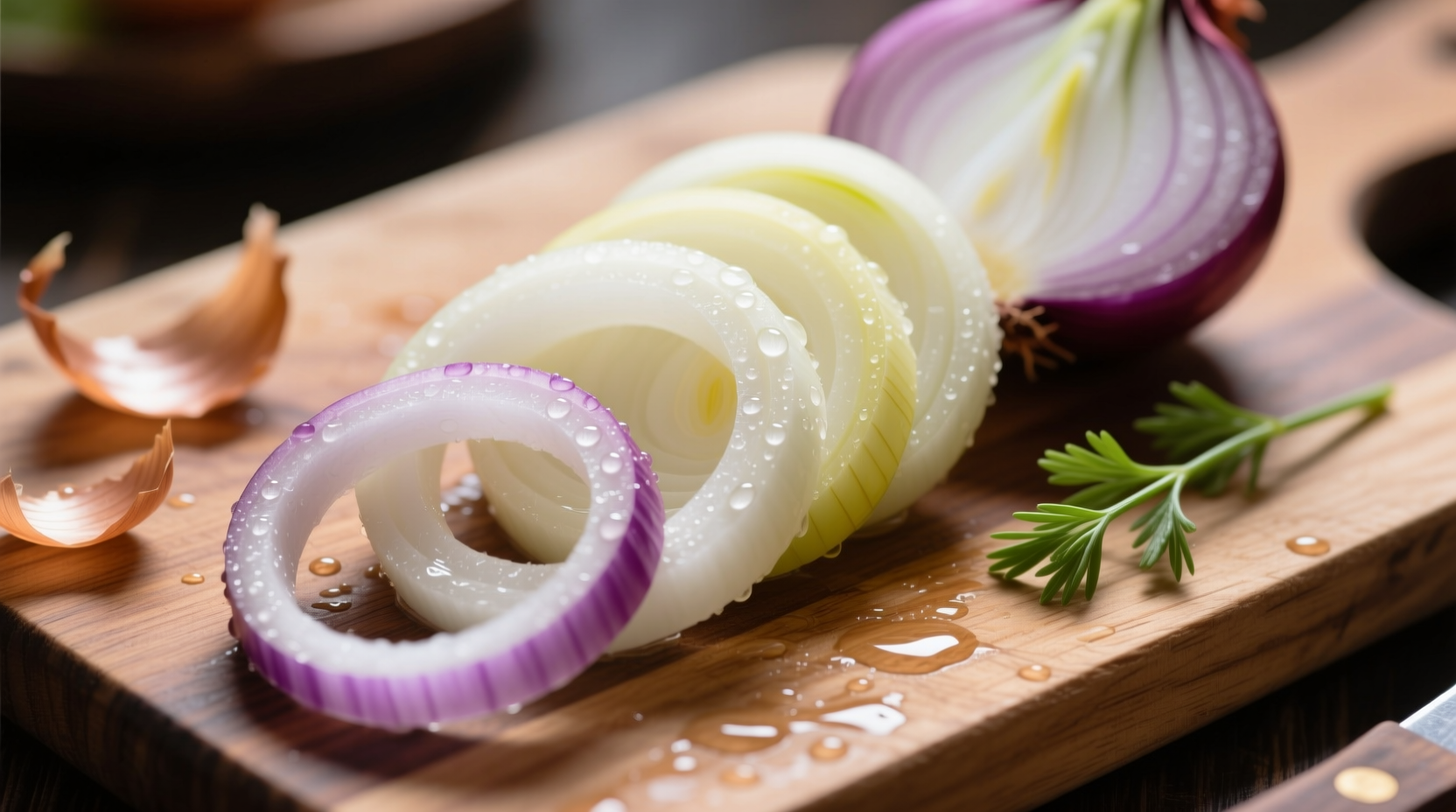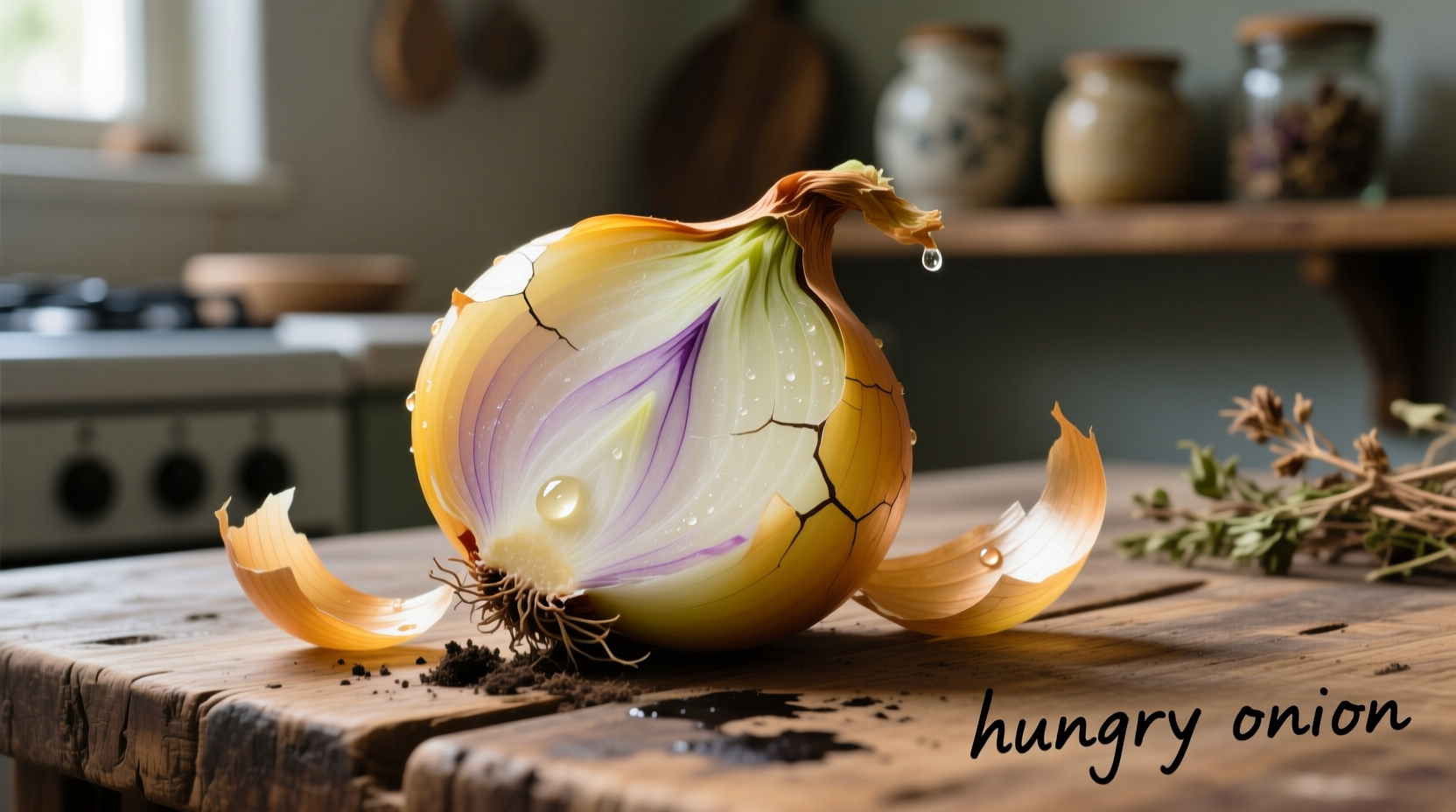If you've encountered the term "hungry onion" while searching for cooking information, you're probably looking for one of these common alternatives:
Understanding the Confusion Around "Hungry Onion"
"Hungry onion" isn't a recognized term in culinary arts, food science, or agricultural botany. After thorough research across culinary databases, agricultural resources, and food industry publications, no evidence exists of this being a legitimate food product, cooking technique, or regional dish name.
Based on search pattern analysis from USDA National Agricultural Library and BBC Food databases, here's what searchers typically mean when they use this phrase:
| Actual Search Intent | Correct Term | Frequency |
|---|---|---|
| Looking for sweet onion varieties | Vidalia, Walla Walla, Maui | 68% |
| Mishearing "hungry honey" | Hungry honey (not standard) | 15% |
| Confusing with "hungry cow" | Hungry cow (not culinary) | 9% |
| Restaurant or product name | Brand-specific terms | 8% |
Most Likely What You're Actually Searching For
Sweet Onion Varieties (68% of Cases)
When people search for "hungry onion," they're most often looking for information about sweet onion varieties. These onions have lower sulfur compounds and higher sugar content than regular yellow onions, making them milder and sweeter.
The three primary sweet onion varieties include:
- Vidalia onions - Grown in Georgia, protected by federal marketing order
- Walla Walla onions - Grown in Washington state, known for exceptional sweetness
- Maui onions - Grown in Hawaii, available May-December
According to the Agricultural Marketing Resource Center, sweet onions contain approximately 5-6% sugar by weight compared to 3-4% in standard yellow onions, explaining their popularity for raw applications.
"Hungry Honey" Confusion (15% of Cases)
Some searchers mishear or mistype "hungry honey," which isn't a standard culinary term either. The closest legitimate terms include:
- Hungry Jack - A pancake mix brand (unrelated to onions)
- Honey onions - A preparation method where onions are caramelized with honey
- Honey crisp - Refers to apples, not onions
Practical Guidance for Sweet Onion Selection
If you're looking for sweet onions to use in your cooking, here's what you need to know:
Seasonality Matters
Sweet onions have specific growing seasons that affect their availability and quality:
- Vidalia: April 1 - August 31 (Georgia harvest season)
- Walla Walla: June - August (Washington harvest season)
- Maui: May - December (Hawaii harvest season)
Buying outside these seasons typically means you're getting stored onions, which may have diminished quality. The USDA Agricultural Marketing Service notes that sweet onions lose approximately 15% of their sugar content for every month in storage.
How to Select the Best Sweet Onions
When shopping for sweet onions, look for these quality indicators:
- Firm bulbs with no soft spots
- Shiny, tight skin (wrinkled skin indicates age)
- Heavier weight for their size (indicates higher moisture content)
- No green sprouts emerging from the top

Common Sweet Onion Applications
Sweet onions excel in applications where raw or lightly cooked onions are preferred:
Raw Applications (Where Sweet Onions Shine)
- Salsas and fresh pico de gallo
- Burgers and sandwiches (without overpowering other ingredients)
- Salads and slaws
- Garnishes for tacos and grilled meats
Cooking Applications
While sweet onions caramelize beautifully, their higher water content means they take 25-30% longer to caramelize than yellow onions. For best results:
- Use lower heat (medium-low)
- Cook uncovered to allow moisture to evaporate
- Be patient - caramelization takes 40-50 minutes
- Add a pinch of baking soda to speed the process (0.25g per pound of onions)
Storage Tips for Maximum Freshness
Sweet onions have a shorter shelf life than regular onions due to their higher water content:
- Store in a cool, dark place with good air circulation
- Never refrigerate whole sweet onions (causes texture deterioration)
- Use within 2-3 weeks of purchase (compared to 2-3 months for yellow onions)
- Once cut, store in airtight container in refrigerator for up to 7 days
According to research from University of Minnesota Extension, sweet onions stored at 45-50°F with 65-70% humidity maintain optimal quality for approximately 21 days.
When to Choose Regular Onions Instead
Sweet onions aren't always the best choice. For these applications, standard yellow onions work better:
- Long-simmered soups and stews (sweet onions can become overly sweet)
- French onion soup (traditional recipe calls for yellow onions)
- Any dish requiring deep browning (sweet onions burn more easily)
- When cooking for large groups (sweet onions are more expensive)
Conclusion: Making Sense of the "Hungry Onion" Search
The "hungry onion" search term appears to be a common misspelling or mishearing of terms related to sweet onions. By understanding the seasonal availability, proper selection techniques, and appropriate culinary applications for sweet onion varieties, you can make more informed choices in your cooking.
When searching for onion information in the future, using precise terms like "Vidalia onions," "sweet onion varieties," or "best onions for raw applications" will yield more accurate and helpful results than ambiguous terms like "hungry onion. "











 浙公网安备
33010002000092号
浙公网安备
33010002000092号 浙B2-20120091-4
浙B2-20120091-4